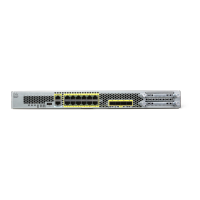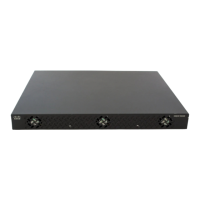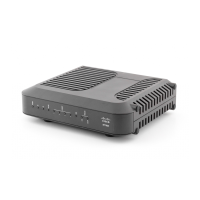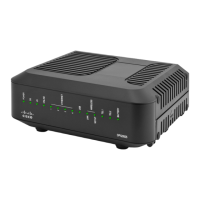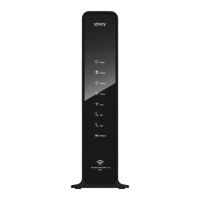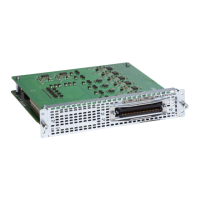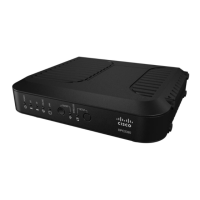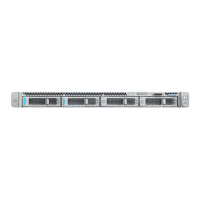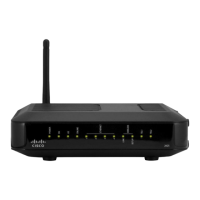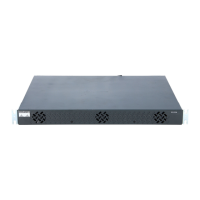CHAPTER 3
Threat Defense Deployment with a Remote
Management Center
Is This Chapter for You?
To see all available applications and managers, see Which Application and Manager is Right for You?, on
page 1. This chapter applies to the threat defense with the management center.
This chapter explains how to manage the threat defense with a management center located at a central
headquarters. For local deployment, where the management center resides on your local management network,
see Threat Defense Deployment with the Management Center, on page 5.
About the Firewall
The hardware can run either threat defense software or ASA software. Switching between threat defense and
ASA requires you to reimage the device. You should also reimage if you need a different software version
than is currently installed. See Cisco Secure Firewall ASA and Secure Firewall Threat Defense Reimage
Guide.
The firewall runs an underlying operating system called the Secure Firewall eXtensible Operating System
(FXOS). The firewall does not support the FXOS Secure Firewall chassis manager; only a limited CLI is
supported for troubleshooting purposes. See the Cisco FXOS Troubleshooting Guide for the Firepower
1000/2100 and Secure Firewall 3100/4200 with Firepower Threat Defense for more information.
Privacy Collection Statement—The firewall does not require or actively collect personally identifiable
information. However, you can use personally identifiable information in the configuration, for example for
usernames. In this case, an administrator might be able to see this information when working with the
configuration or when using SNMP.
• How Remote Management Works, on page 46
• Before You Start, on page 49
• End-to-End Tasks: Low-Touch Provisioning, on page 49
• End-to-End Tasks: Manual Provisioning, on page 51
• Central Administrator Pre-Configuration, on page 53
• Branch Office Installation, on page 66
• Central Administrator Post-Configuration, on page 68
Cisco Firepower 2100 Getting Started Guide
45
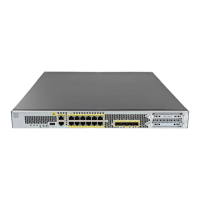
